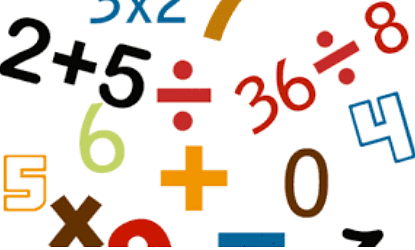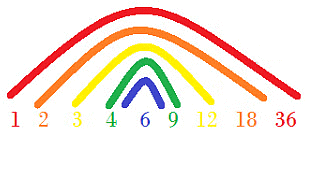Class 4 Maths - Factors and Multiples - CBSE Worksheets
 Q1: Multiple Choice Questions (MCQs)
Q1: Multiple Choice Questions (MCQs)
(i) Which of the following is NOT a factor of 20?
(a) 2
(b) 5
(c) 8
(d) 7
(ii) What is the smallest prime number?
(a) 0
(b) 1
(c) 2
(d) 3
(iii) Which of the following is a prime number?
(a) 15
(b) 21
(c) 29
(d) 35
(iv) What are the common factors of 18 and 24?
(a) 1, 2, 3, 6
(b) 2, 4, 6, 8
(c) 3, 6, 9, 12
(d) 4, 8, 12, 16
(v) Which of the following numbers is NOT a multiple of 9?
(a) 45
(b) 63
(c) 72
(d) 82
Q2: True or False
(i) 36 is a multiple of 9.
(ii) 6 is the least non-zero multiple of 6.
(iii) 1 is the multiple of 5.

Q3: Fill in the Blanks
(i) The first six multiples of 4 are ____, ____, ____, ____, ____, and ____.
(ii) A number divisible by both 3 and 5 is a multiple of ____.
(iii) The number 17 is ____ because it has only two factors.
(iv) The smallest whole number is ____.
(v) The common factors of 12 and 18 are ____, ____, and ____.
Q4: Answer the following questions
(i) Encircle the prime numbers: 14, 19, 37, 45, 61 , 69, 77, 81, 99.
(ii) Write the prime factorization of 96.
(iii) Write the smallest number which when added to an even number makes the sum an odd number.
(iv) Encircle the composite numbers : 21, 31, 39, 49, 51, 53, 63, 91, 97.
You can find Worksheets Solutions here: Worksheet Solutions: Factors and Multiples
|
33 videos|168 docs|30 tests
|
FAQs on Class 4 Maths - Factors and Multiples - CBSE Worksheets
| 1. What are factors and multiples? |  |
| 2. How can I find the factors of a given number? |  |
| 3. What is the difference between factors and multiples? |  |
| 4. How can I find the multiples of a given number? |  |
| 5. How are factors and multiples useful in mathematics? |  |






















